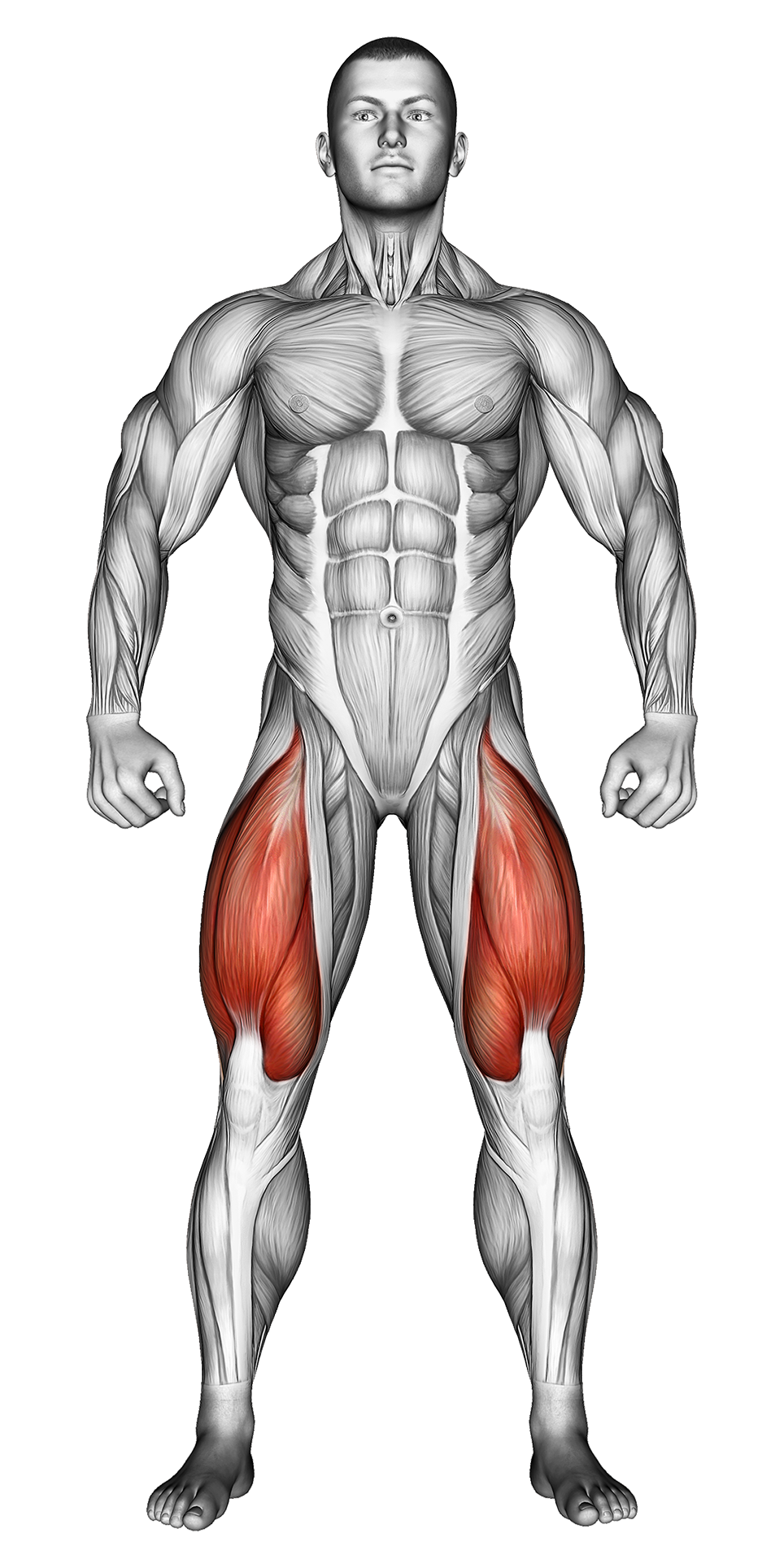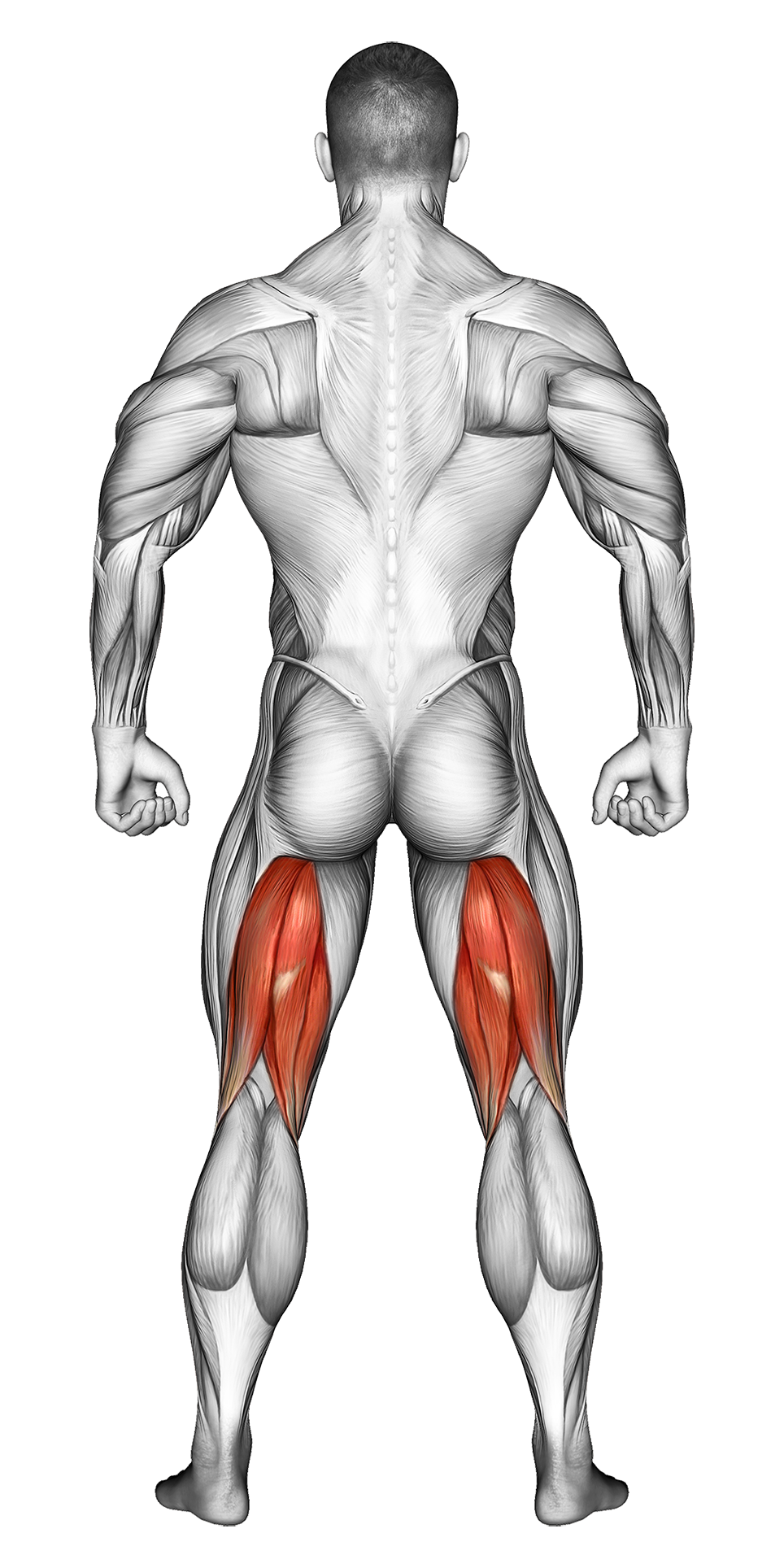Dumbbell Goblet Squat: Video Tutorial & Exercise Guide

Written By: Ether Brown
Updated: Oct 13, 2024
| Workout | Dumbbell Goblet Squat |
| Primary Muscle Group | Quads |
| Secondary Muscle Group | Hamstrings |
| Equipment Required | Dumbbell |
| Force Type | Push |
| Mechanics | Compound |
| Exercise Type | Strength |
| Difficulty | Intermediate |
Dumbbell Goblet Squat: Video Tutorial & Exercise Guide
- 1.Dumbbell Goblet Squat: Muscle Groups
- -1.1Primary Muscle Group
- -1.2Secondary Muscle Group
- 2.Dumbbell Goblet Squat: Step-by-Step Guide
- 3.Dumbbell Goblet Squat: Overview
- 4.Dumbbell Goblet Squat: Benefits
- 5.Dumbbell Goblet Squat: Pro Tips & Advanced Techniques
- 6.Dumbbell Goblet Squat: Progression Plan
- 7.Dumbbell Goblet Squat: Frequently Asked Questions (FAQs)
Secondary Muscles Group
Dumbbell Goblet Squat: Step-by-Step Guide
- Step 1: Stand with your feet shoulder-width apart, holding a dumbbell vertically with both hands under one end, similar to holding a goblet. Keep the dumbbell close to your chest with your elbows tucked in.
- Step 2: Engage your core and begin lowering your body into a squat by bending your knees and pushing your hips back, as if sitting down into a chair.
- Step 3: Lower your body until your thighs are parallel to the floor, or slightly below parallel, ensuring your chest remains upright and your back stays straight.
- Step 4: Press through your heels to return to the standing position, keeping the dumbbell close to your chest throughout the movement.
- Step 5: Repeat for the desired number of repetitions, maintaining proper form and control throughout the movement.
Dumbbell Goblet Squat: Overview
The Dumbbell Goblet Squat is an effective lower-body exercise that targets the quads, glutes, and hamstrings while also engaging the core for stability. The upright position of the goblet squat helps improve posture and mobility, making it easier to maintain proper form compared to other squat variations.
This exercise is beginner-friendly and can be scaled up by increasing the weight of the dumbbell, making it a versatile movement for both novices and experienced lifters alike.
Dumbbell Goblet Squat: Benefits
The Dumbbell Goblet Squat strengthens the lower body, particularly the quads, glutes, and hamstrings, while also engaging the core for stability. It improves mobility and posture, making it easier to execute proper squat form without placing too much strain on the lower back.
This exercise is also excellent for building muscle endurance and can be performed with progressive overload by increasing the weight of the dumbbell over time.
Dumbbell Goblet Squat: Pro Tips & Advanced Techniques
Ensure that your chest remains upright throughout the movement to avoid rounding your back. Focus on pushing through your heels as you stand to fully engage your glutes and hamstrings. For added difficulty, you can perform the movement slower to increase time under tension or use a heavier dumbbell to challenge your strength.
Dumbbell Goblet Squat: Progression Plan
Beginner
Intermediate
Advanced
Dumbbell Goblet Squat: Frequently Asked Questions (FAQs)
What muscles do Dumbbell Goblet Squats target?
+This exercise primarily targets the quads, glutes, and hamstrings while also engaging the core for stability.
Can beginners perform Dumbbell Goblet Squats?
+Yes, this exercise is beginner-friendly, and beginners can start with lighter weights and focus on proper form before progressing to heavier dumbbells.
How can I make Dumbbell Goblet Squats more challenging?
+To increase the difficulty, you can use a heavier dumbbell, slow down the movement, or add pauses at the bottom of the squat to increase time under tension.
What common mistakes should I avoid during Dumbbell Goblet Squats?
+Avoid rounding your back or letting your knees collapse inward. Focus on keeping your chest up, back straight, and knees aligned with your toes.
How often should I include Dumbbell Goblet Squats in my routine?
+Incorporate this exercise 2-3 times per week as part of your lower-body workout routine for improved strength and mobility.
Share
Don’t Wish for It, Work for It – Join the FlexXP Newsletter Today!
Thank you for signing up for the FlexXP Newsletter!
This site is protected and the Google Privacy Policy and Terms of Service apply.

